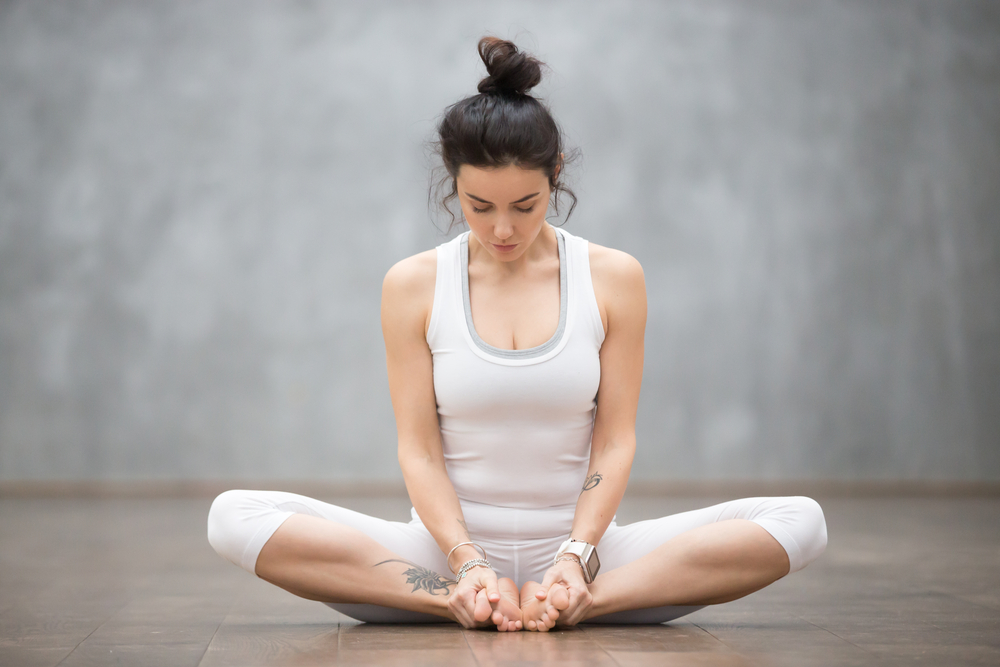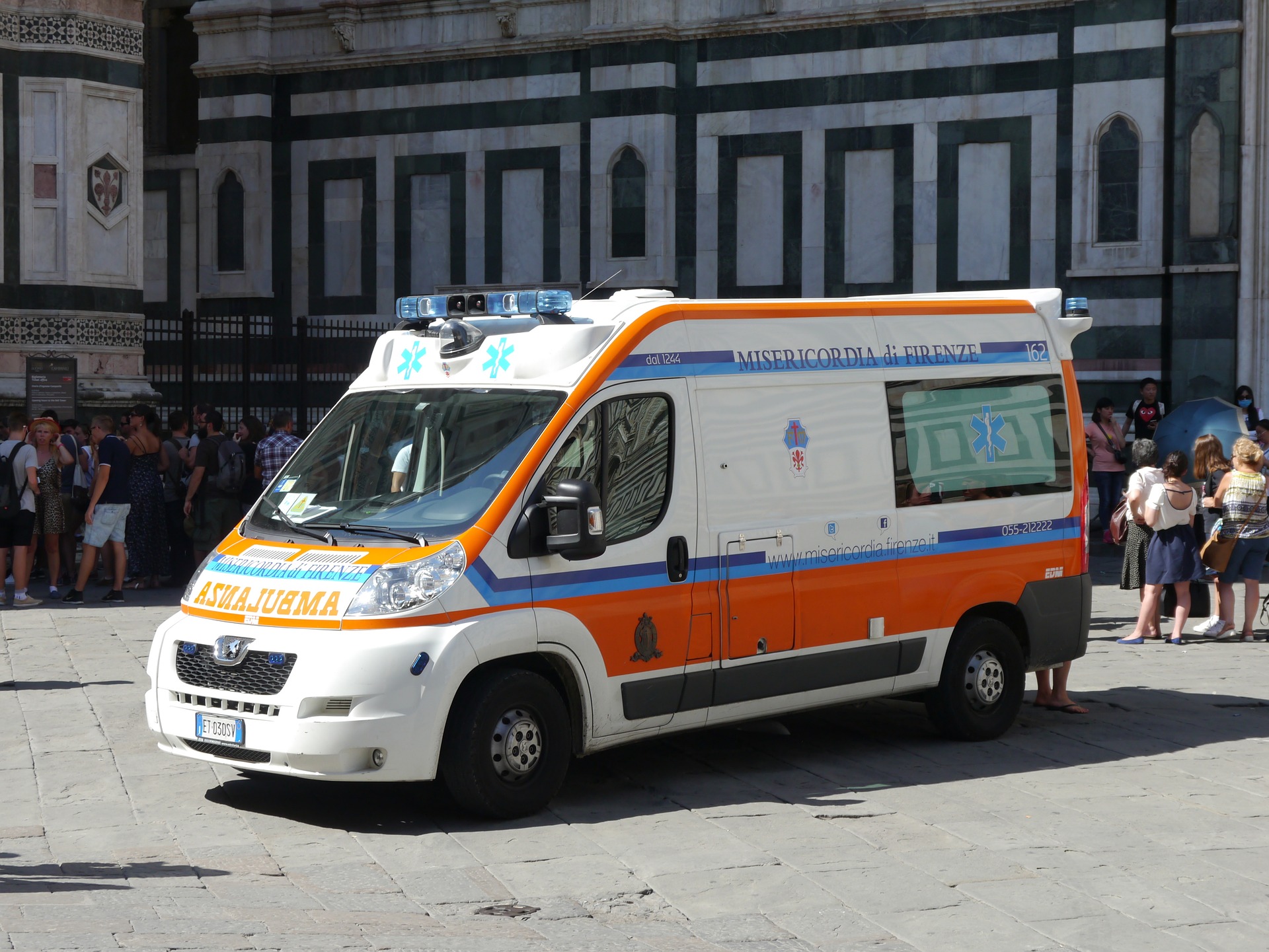6 Techniques For Dealing With Intense Musculoskeletal Disorder Pain
If you’re living with a Musculoskeletal Disorder then you know it can be painful and debilitating. Damage occurs to the musculoskeletal over continual and gradual wear and tear to your body, such as damage to your muscles, bones or joints etc. This usually results in lower limb disorders, back pain and injuries and neck and upper limb disorders.

This causes widespread or localised pain, which can cause constant aches and pains, swelling, stiffness in the entire body and extreme fatigue because of disturbed sleep.
We understand this can make everyday life difficult to manage and therefore we’ve put together 6 techniques on how to reduce pain without the need for pain relief medication…
Hydrotherapy
It’s probably the oldest form of pain relief, but you still can’t beat a hot, relaxing bubbly bath to relieve all your aches and pains.
“I am sure there are things that can’t be cured by a good bath but I can’t think of one.”
-Sylvia Path, The Bell Jar
Being in a bath is like being able to put a heat pack on every part of your body that is in pain. A hot bath increases the temperature of your aching muscles, therefore blocking pain sensors and producing effective pain relief.
If you’re having difficulties getting in and out of the bath because of stiffness and pain, take a look at our Bathing Cushion here.
It’s also known that a hot bath before going to bed will help you get a better night’s sleep which is linked to lots of health benefits including giving your immune system strength to cope with pain recovery.
Acupuncture
Now, this may not sound like the most pleasant technique to help reduce pain, however, it’s proven to help significantly.
Acupuncture is a treatment which derives from ancient Chinese medicine and involves fine needles being inserted into different parts of the body for therapeutic or preventative purposes.
It involves stimulating sensory nerves under the skin and in the muscles of the body. This results in the body producing natural substances, such as pain-relieving endorphins.
It’s used in many NHS general practices, as well as the majority of pain clinics and hospices in the UK and is now a common treatment for some chronic pain.
Massage Therapy
There’s nothing better than a relaxing massage to help ease the pain. During a massage, your soft tissue gets moved around which sends electrical and chemical signals throughout your body. This reduces pain, boost your blood’s circulation, revs up your defense systems against germs and cuts down feelings of stress.
“Most people go to massage therapists to reduce pain. There’s a release of serotonin, which is the body’s natural production of anti-pain chemicals. Additionally, an aggravating factor in pain syndromes can be a lack of deep, restorative sleep. Massage is very effective at increasing deep sleep. With more deep sleep, you have less pain.”
-Tiffany Field, Ph.D. Director of the Touch Research Institute at the University of Miami School of Medicine in Miami, Florida.
Yoga
Researchers from Duke University Medical Centre reviewed 20 years worth of studies and found yoga is an effective treatment for chronic pain, including osteoarthritis and carpal tunnel syndrome.
The studies revealed that patients saw a significant reduction in joint pain, muscle stiffness, and overall physical discomfort while greatly improving their flexibility and muscle strength.
The fluid movements performed in Yoga allow swollen or otherwise painful joints to glide smoothly over one another which increases your mobility and strength without further wear and tear on your body.
Try yoga poses such as:
The Cobra

This yoga pose is good for back pain.
The Butterfly

This yoga pose is good for hip pain.
The Supported Warrior

This yoga pose is good for knee pain.
Chiropractic Manipulation
Chiropractic Manipulation is when a trained chiropractor aligns your body’s musculoskeletal structure, focusing mainly on the spine to put your body back into a position where it can heal itself without the need for surgery or medication.
Spinal Manipulation isn’t as painful as it sounds and has been known to relieve lower back pain as well as some prescription drugs. By manipulating your spine or other muscles, a chiropractor can reduce the pain and soreness which you feel.
Hypnosis
When you think of the word, ‘Hypnosis’ usually the image of a person staring deeply into a swinging pocket watch springs to mind. Hypnosis, however, is seen as a practical solution to delving into the subconscious mind and solving problems, such as living in chronic pain.
Hypnosis can be used to help reduce your perception of pain. If you’re living with chronic pain due to MSK or other debilitating and painful disorders than a trained hypnotherapist can help you to reduce this pain in one of two ways.
One way is to put you under hypnosis and give a post-hypnotic suggestion which will make your subconscious belief that the pain isn’t that bad, therefore reducing the pain that you feel.
Another way is to be taught self-hypnosis as it’s a form of relaxation training. Relaxing by concentrating on making sure you’re taking slow and deep breathes help to release tension from your muscles and relieve pain.
We know it’s easy for us to tell you to ‘Just to relax’, however, we do understand that learning to relax does take practice. Relaxation tapes are available to help you learn these skills, or you can be taught by a professional hypnotherapist.












